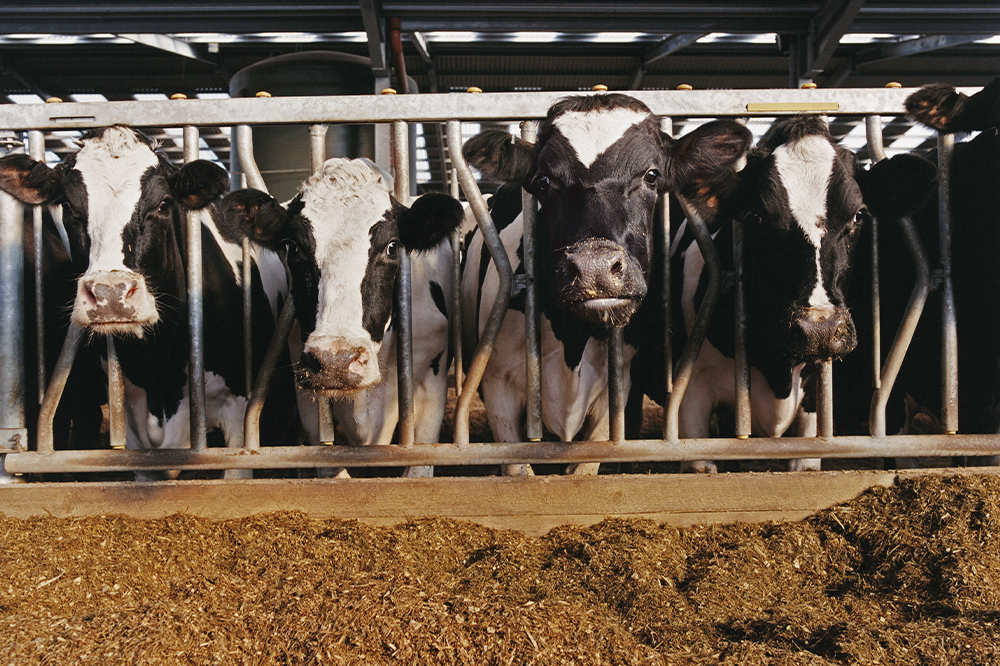Get Ahead of Next Fly Season
Spring marks the beginning of a fly's life cycle. That's why it's critical to get a head start on fly control before the season begins by minimizing the number of overwintering pupae. However, creating a targeted plan can be challenging, given the unpredictability of seasonal weather patterns. It is also common for many regions to experience several weeks of warm weather after the first recorded frost of the fall/winter season or before the final frost in spring. To increase livestock comfort and profitability, applications of ClariFly® Larvicide should start before spring weather hits for effective control of house flies, horn flies, stable flies and face flies.
When you need to account for the unpredictable nature of frost dates, Central Life Sciences recommends taking a "30/30" approach to fly control on your operations. To help determine the ideal timing, producers should begin feeding ClariFly® Larvicide approximately 30 days before the average date that daily daytime temperatures typically reach 65° F. Overwintering flies emerge at this time, signaling the start of the fly season. This process should be followed until 30 days after the first frost has been recorded in the fall season. This will ensure an ideal treatment window with the products, protecting against an unpredictably early or late start to the spring or winter seasons.
By following the "30/30" approach, producers can get ahead of the fly population in the spring before it builds to a level that exceeds the economic threshold. When incorporated into a complete Integrated Pest Management (IPM) program, the use of ClariFly® Larvicide with the "30/30" approach can help producers account for the unpredictability of the seasons and significantly lower fly populations while controlling flies all year long.
The initial planning phase, which includes identifying problem flies, analyzing their routines, and establishing a management strategy, is critical to the success of any IPM program. Once the target pests have been identified, a successful IPM strategy must advance to the implementation phase, which involves using a variety of complementary approaches to combat flies.
To learn more about the "30/30" approach, download our 30/30 Brochure and discover how to build a comprehensive IPM program here.



